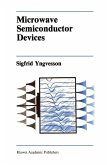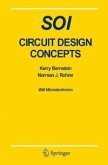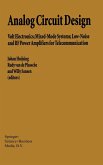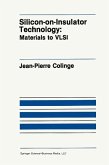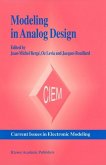The electronic circuit is a proud child of twentieth century natural science. In a hundred short years it has developed to the point that it now enhances nearly every aspect of human life. Yet our basic understanding of electronic-circuit operation, electronic -circuittheory, has not made significant progress during the semiconductor industry's explosive growth from 1950s to the present. This is because the electronic circuit has never been considered to be a challenging research subject by physi cists. Linear passive circuit theory was established by the late 1940s. After the advent of the semiconductor electron devices, the interest of the technical community shifted away from circuit theory. Twenty years later, when integrated circuit technology began an explosive growth, cir cuit theory was again left behind in the shadow of rapidly progressing computer-aided design (CAD) technology. The present majority view is that electronic-circuit theory stands in a subordinate position to CAD and to device-processing technology. In 1950s and 1960s, several new semiconductor devices were invented every year, and each new device seemed to have some interesting funda mental physical mechanisms that appeared worth investigating. Com pared to attractive device physics, the problems of the semiconductor device circuit appeared less sophisticated and less attractive. Bright minds of the time drifted away from circuit theory to electron-device physics. After thirty years only one type of semiconductor device, the electron triode with several variations survived, whereas hundreds of them went into oblivion.
Dieser Download kann aus rechtlichen Gründen nur mit Rechnungsadresse in A, B, BG, CY, CZ, D, DK, EW, E, FIN, F, GR, HR, H, IRL, I, LT, L, LR, M, NL, PL, P, R, S, SLO, SK ausgeliefert werden.



